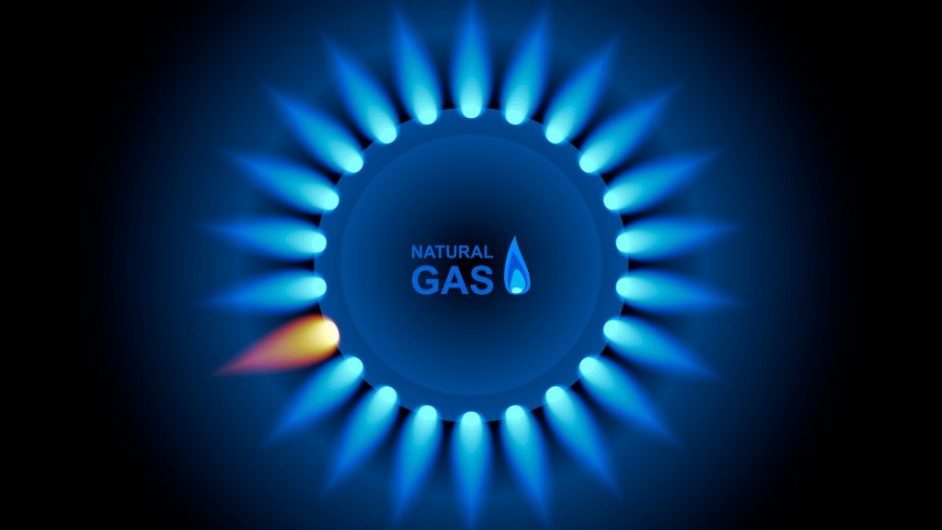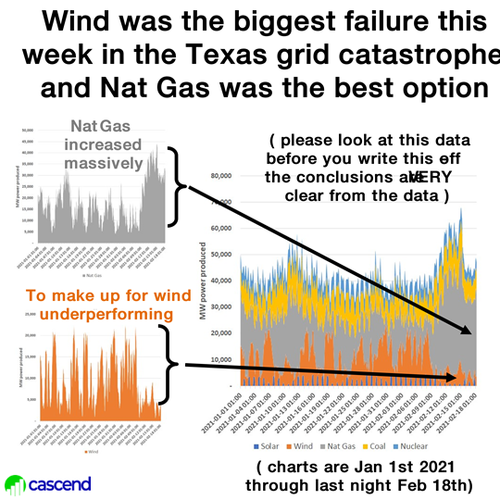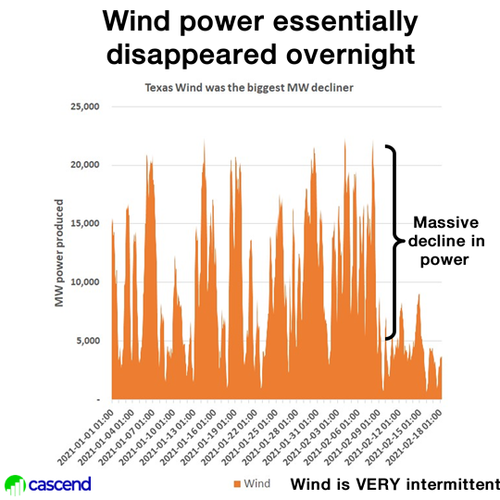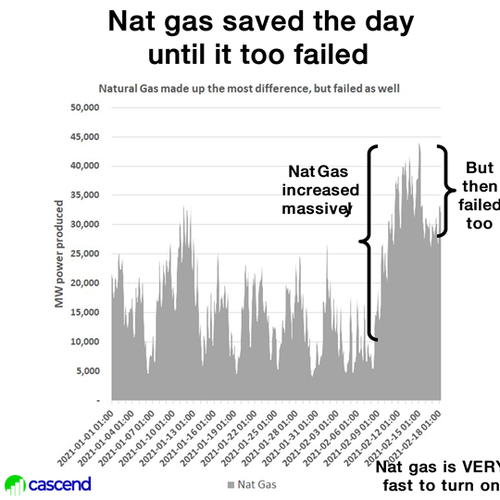Cascend: “Wind power was the biggest failure this week in the Texas grid catastrophe and Natural Gas was the best option”

The state of Texas continues to dominate the headlines as millions of Lone Star State residents are without power. As U.S. President declares a state of emergency in Texas, the blame and fingerpointing have already begun. Initially, many blamed the rolling blackouts and outages on failed wind power turbines.
Then yesterday, we wrote that Texas grid failure was because Texas wind turbines did not use de-icing, carbon fiber technology, and lack of natural gas winterization, an approach practiced in other cold climate states.
Today, Cascend Strategy, a fundamental data-based research firm, just came out with the result of its finding of the true cause of Texas grid power failure. Cascend wrote: “In case there was any doubt why the Texas grid collapsed, the data is clear.”
Cascend said the wind power failed as “Ice storms knocked out nearly half the wind-power generating capacity of Texas on Sunday as a massive deep freeze across the state locked upwind turbine generators, creating an electricity generation crisis.” Cascend added that for while, natural gas made up the difference. But then everything else followed down.

Cascend went on to lay out the events of this week in sequence saying that, “A massive cold snap drove demand for electricity well beyond normal levels. Then wind power failed to deliver its expected power – almost 40% of expected power – in part due to lack of winterized wind turbines.”

From January 1 through February 6, 40% of Texas energy production was coming from wind turbines with natural gas making up for wind. “In case there was any question: natural gas made up for wind,” Cascend wrote in one of its presentation slides.

Then between February 9 and February 18, the use of natural gas increased massively but failed due to a lack of supply from non-winterized delivery. Cascend added the state of Texas turned natural gas to make up for the difference caused by the failure of wind turbines and solar. Cascend wrote.
“Natural gas saved the day until it too failed.”

Cascend concludes with the following:
- Coal and nuclear both underperformed, but not by much, due to non-winterized equipment
- Solar underperformed for a few days but is back, although is far too intermittent to help without storage except during heat waves
- And Texas’ grid couldn’t buy enough power from neighbors to make up the difference
- Nor are power producers required to keep a reserve of power
The simple 5-step solution according to Cascend:
- Winterize equipment
- Require power reserve
- Connect the Texas grid better
- Add solar with storage (storage is key)
- And add more natural gas

